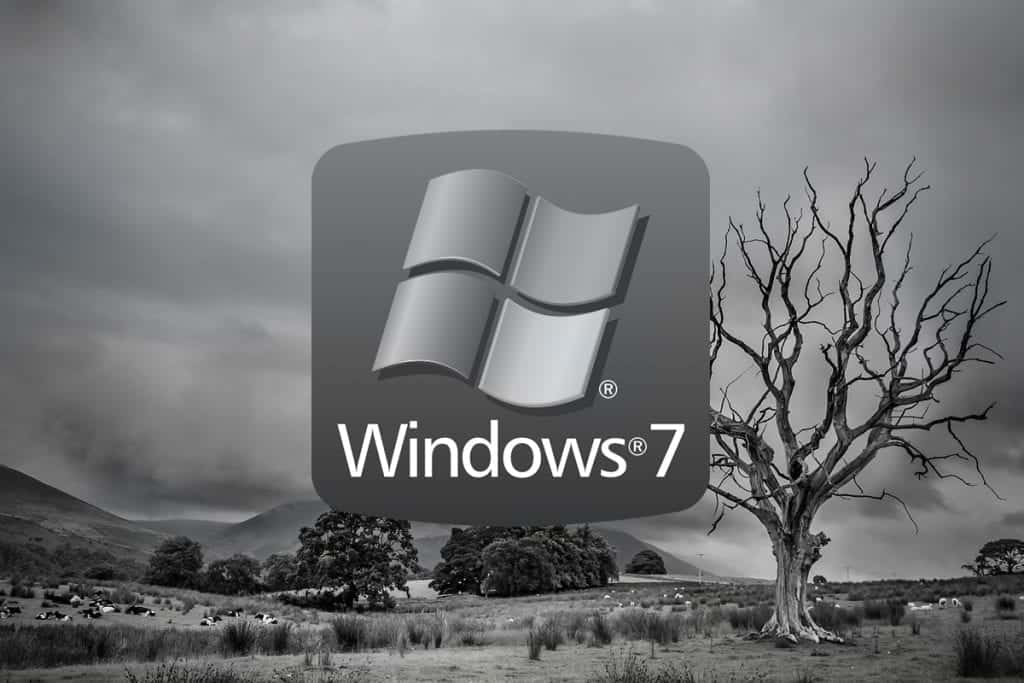
This means that any machine still running Windows 7 is now in what Microsoft calls the “end of life” stage, where unsupported machines become far more susceptible to infection from viruses, malware, and ransomware. The use of Windows 7 hasn’t just ended overnight, however: recent reports suggest that the operating system is still being used on more than 35% of all PCs.
Because so many people continue to use Windows 7, that could create incentives for illicit users to target specific weaknesses in the operating system. Just last week, security experts identified a significant exploit: cybercriminals took advantage of a vulnerability in Windows 7’s audio playback technology to deliver infected WAV files that contain malware.
In an interview with Forbes about the issue, researcher Daniel Goldberg described the security risk with Windows 7 as “crazy high”—in 2020, “there will be other vulnerabilities discovered in Windows 7 that will not be fixed by Microsoft and will also be easy to exploit,” Goldberg added.
What Should You Do if You’re Still Running Windows 7?
Microsoft puts it bluntly: “the best way for you to stay secure is on Windows 10.” The tech giant’s latest operating system offers faster start-up times, built-in security, and a user-friendly interface. But not everyone is ready to jump into a new OS.
There are countless reasons why you might want to maintain the status quo. Maybe you use legacy accounting or data management software that will only run on the older operating systems. Budgetary concerns may prevent a business from upgrading its operating systems to Windows 10 — or purchasing new computers altogether. Still, others are afraid of undertaking the expense and effort of bringing employees up to speed with new operating systems. But as security threats related to Windows 7 rise, the threat to your company’s day-to-day operations will increase, as well.
The tech requirements for installing Windows 10—a processor faster than 1 GHz, at least 1 GB of RAM, 16 GB of hard disk space, and 800 x 600 resolution—may necessitate the purchase of new equipment. The general rule of thumb for business machines is that anything more than three years old should probably be replaced; if a computer is less than two years old, it’s probably capable of handling an upgrade to Windows 10. This scenario will differ from business to business, which is why it’s so important to work with a trusted IT provider for a comprehensive and objective look at your tech ecosystem.
Whether you decide to upgrade to Windows 10 on existing equipment, purchase new computers, or even stick with Windows 7, make sure all of your important files and information are safely and securely backed up—ideally to a remote location. Regular data backups aren’t a foolproof way to prevent problems, but they can represent a big first step in the right direction.
This may include running a computer separate and disconnected from any larger office network; avoiding the Internet if possible and remaining extra vigilant about malware, ransomware, and multi-factor authentication if not; and making sure other programs installed on the computer receive regular software updates. No matter what, proceed with extreme caution if you are going to continue to use a Windows 7 machine.
Navigating the uncertain waters surrounding the end of life for Windows 7 isn’t easy. If you’re still using the outdated operating system, contact CMIT Solutions today. We can conduct an assessment of your company’s current IT ecosystem and identify any key vulnerabilities that need to be blocked. Then, we can help you develop a long-term strategy that avoids critical situations like this one.
CMIT Solutions has helped thousands of clients navigate end-of-life software scenarios, and we understand what businesses need to survive and thrive in today’s challenging cybersecurity environment. We provide responsive, professional support that ensures efficient, safe, and reliable IT operations—all while taking your business and its bottom line seriously.
